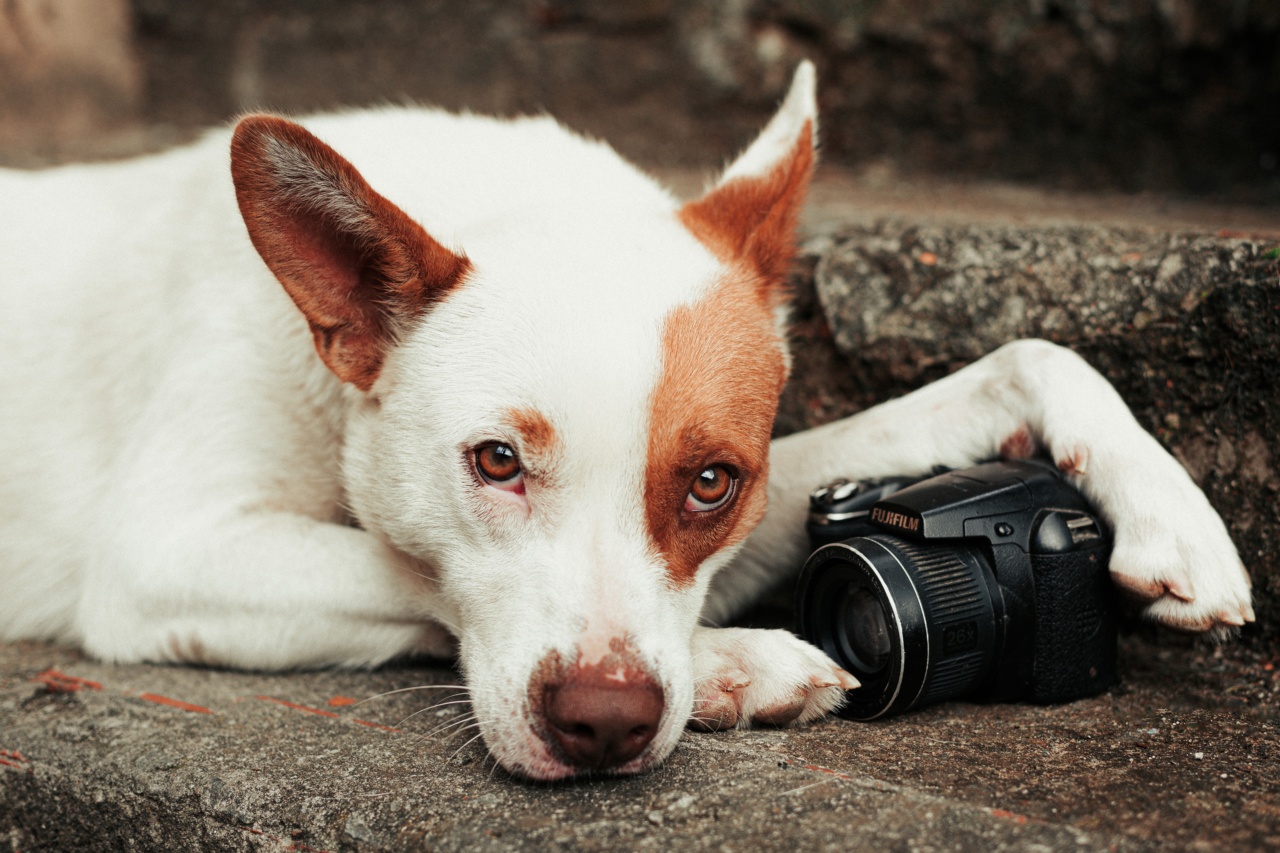Dogs are known for being happy-go-lucky animals, but when anxiety takes hold, their behavior can change drastically.
Anxiety in dogs can occur for a variety of reasons, including traumatic experiences, phobias, separation anxiety, and medical conditions. As a dog owner, it’s essential to be able to recognize the signs of anxiety in your pup so you can help them feel more comfortable and secure.
Sign #1: Excessive Barking or Whining
One of the most common signs of anxiety in dogs is excessive barking or whining. If your dog starts barking or whining more than usual, it’s important to try to identify the root cause.
Anxiety may be triggered by loud noises, new people or animals in the home, or separation from their owner.
Sign #2: Aggressive Behavior
Some dogs may become more aggressive when they’re feeling anxious. This can include growling, snapping, or biting. If your dog shows aggressive behavior when they’re normally calm, it could be a sign of anxiety.
Sign #3: Pacing or Restlessness
When dogs are anxious, they may pace back and forth or seem restless. They may have a hard time sitting or lying down, and they may constantly move from one room to another.
Sign #4: Excessive Licking or Chewing
Dogs who are anxious may excessively lick or chew their paws, legs, or other body parts. They may also lick or chew household items, like furniture or bedding. This behavior can be a way for dogs to soothe themselves and alleviate anxiety.
Sign #5: Destructive Behavior
Dogs who are anxious may engage in destructive behavior, like chewing on furniture, digging holes, or tearing up carpet. This can be a way for them to release pent-up energy or alleviate stress.
Sign #6: Loss of Appetite
If your dog suddenly loses interest in food, it could be a sign of anxiety. Dogs who are anxious may also have digestive issues, like diarrhea or vomiting.
Sign #7: Hiding
Dogs who are anxious may hide under furniture or in small spaces. This behavior can be a way for them to feel more secure and protected.
Sign #8: Excessive Panting
Dogs who are anxious may pant more than usual, even when they haven’t been exercising. Panting is a sign of stress and can help dogs regulate their body temperature when they’re feeling anxious.
Sign #9: Trembling
Dogs who are anxious may tremble or shake. This can be a sign of fear or nervousness, and may occur in response to specific stimuli, like thunderstorms or fireworks.
Sign #10: Avoiding Eye Contact
Dogs who are feeling anxious may avoid making eye contact with their owners or other people. This can be a sign of insecurity and fear.
Sign #11: Excessive Lethargy
While some dogs may become restless when they’re feeling anxious, others may become excessively lethargic and unresponsive. This can be a sign that your dog is experiencing severe anxiety.
Conclusion
Anxiety is a common issue among dogs, and as a responsible pet owner, it’s essential to keep an eye out for the signs.
If you notice your dog is showing any of the above behaviors, it’s important to try to identify the root cause and provide your pup with the support and security they need to feel more comfortable and relaxed.






























